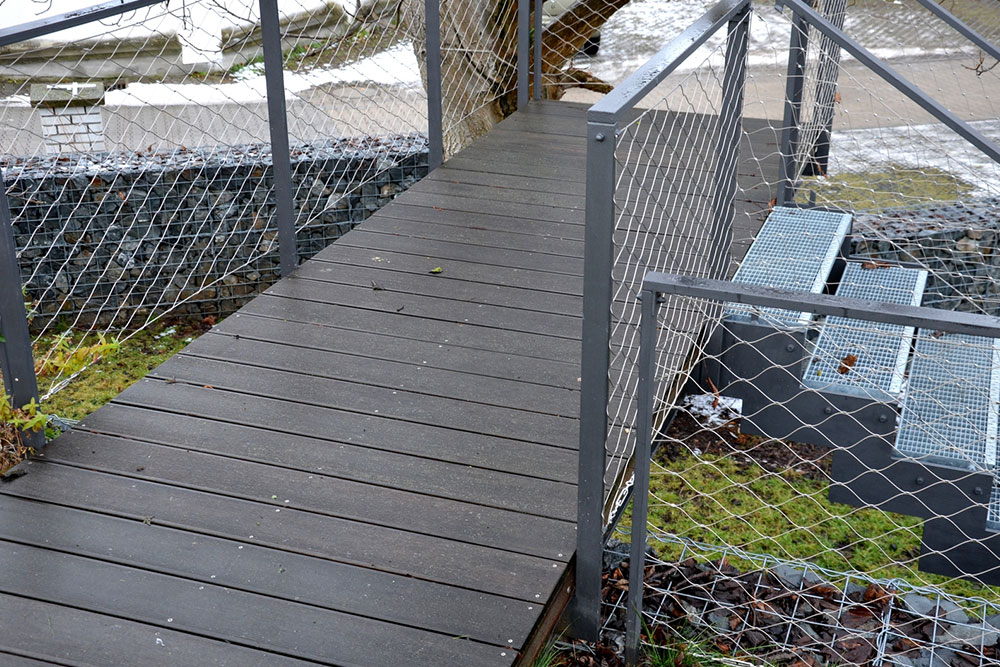7 mistakes to avoid when installing a deck railing system

Deck railing systems are available in various materials, color options, sizes, and styles. These systems offer improved safety, unobstructed views, and even help increase property value. However, homeowners who choose to install the systems themselves often make several errors that could compromise the appearance of the railing system and make the area unsafe for use. To prevent such issues, it is essential to avoid the following seven common mistakes during the installation process.
Buying inferior products
Many homeowners purchase railing systems available for the lowest price to save on expenses. While these systems may look attractive and cheap, they might not be sturdy and durable. One must consider investing in a good-quality deck railing system to avoid unforeseen expenses or safety concerns in the near future.
Cutting underground cables
One should avoid cutting underground cables without knowing their purpose. It could not only get one in trouble with the authorities, but could also be a safety hazard if one accidentally touches the electric cables. If one is unsure where the cables are located, it is best to call the local electric company to assess and locate the cables before proceeding with the installation process.
Ignoring the manual
Several deck railing systems, including those in kits, feature an instruction manual in the box. The booklet may contain information on the types of brackets that need to be used, the steps to measure and fasten bolts, or the type of fasteners required for the project. Ignoring the manual may result in the finished project being unsteady and unsafe.
Not abiding by the construction code
Many homeowners could get into a lot of legal trouble when they build a new deck, especially if they do not abide by the local construction code. The rules and regulations ensure the safety of the entire property. One is obliged to strictly follow the standard height codes for the railing to avoid any legal trouble from local authorities.
Drilling holes without proper measurements
While one could get the job done faster by drilling holes without measurements, it might result in a less aesthetically pleasing and structurally sound final product. The homeowner must ensure that they take the time to understand all sections of the railing carefully and determine the exact distance between each post.
Not cleaning up the mess
One might carry out and complete the deck railing installation perfectly within a few hours. However, many people often forget to clean up the mess, which is a common mistake. Apart from making the area look untidy, the shavings, such as metal, may get embedded in the deck and ruin the appearance. Moreover, they can cause injury to one’s feet if they walk barefoot. Therefore, it is essential to clean the area thoroughly once the installation is complete.
Using dry-set concrete
Placing an aluminum railing for a deck inside the drilled hole and pouring dry concrete and water into it may seem like a quick and easy process. However, this process may not provide a sturdy anchor for the railing. Therefore, one should ensure they premix the concrete with water before pouring into the hole. This will result in a more polished and solid aluminum railing.


